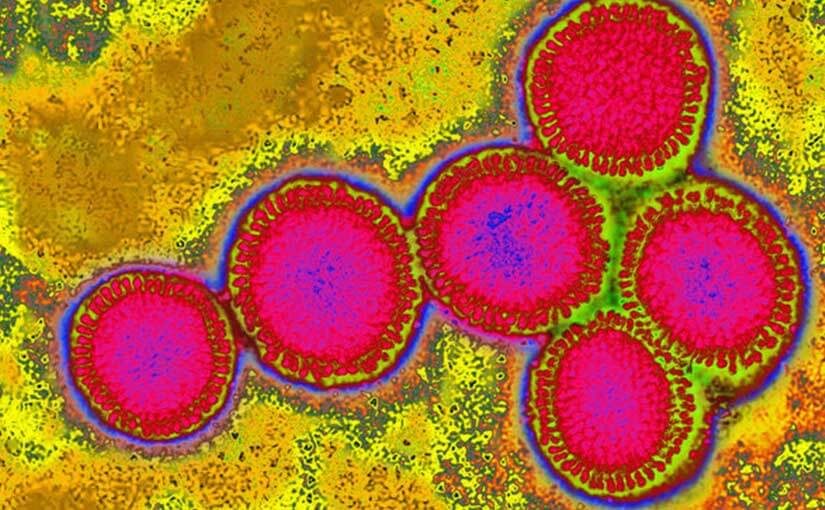So far in 2017, more cases of influenza have been reported than last year in the same period but some health professionals have been keen to point out that this may be in part due to more flu tests being performed.
Rapid flu tests have also been introduced this year by New South Wales Health Pathology in NSW public hospitals, and are available in various other locations. The influenza season has also started earlier than in previous seasons.
Influenza is a notifiable disease meaning confirmed cases are recorded by the National Notifiable Diseases Surveillance System (NNDSS). The only way to definitively confirm a case of influenza is via pathology testing.
The influenza virus is detected using a method known as Polymerase Chain Reaction (PCR) where the sample is processed in a thermocycler machine that makes many copies of the flu virus RNA (genetic make-up) which is then examined. The sample used is usually a nasopharyngeal swab – taken from the back of a patient’s nasal passages.
The 2017 flu vaccine has been updated to include the four most common strains of influenza that are circulating this year to offer the best protection. These are the A/H3N2 Hong Kong strain, B/Phuket and B/Brisbane strains plus the A/H1N1 Michigan strain that replaces the A/H1N1 California strain, which was included in last year’s vaccine.
Rapid testing is particularly useful in hospital settings and allows anti-viral medications to be provided early to confirmed cases. These can reduce the duration and severity of a bout of influenza and in high risk patients can be life-saving. Outbreaks in nursing homes this year have sparked concern, and several elderly people with underlying health conditions have died from influenza in 2017.
Although many cases of influenza can be managed at home and with the advice of general practitioners, cases in vulnerable populations such as young children, older Australians or those with a compromised immune system may end up in hospital.
This is where rapid testing has additional importance in establishing the cause of symptoms and directing treatment.
The Immunisation Coalition has stated that more than 70,000 cases of influenza have been confirmed in Australia this year via pathology testing.
Professor Dominic Dwyer from New South Wales Health Pathology says it is possible that up to twenty percent of the population will have caught influenza by the end of the year, and that rapid testing allows flu cases to be identified earlier. He said;
“The rapid tests now being used in much of New South Wales reduce the time to diagnosis to around an hour. When cases are caught early, within 48 hours of the onset of symptoms, patients can benefit from antiviral medication.
Although we predict that around 20 percent of the population will be affected by influenza this year, most patients choose to be managed at home, and those presenting to GPs may not necessarily be tested.”
There have been increased numbers of hospital presentations in NSW for flu and this is in part due to one of the common strains this year being particularly nasty.
The H2N3 (A/Hong Kong) strain has dominated so far this year and tends to affect children and older adults, hence the nursing home cases and reported rise in influenza presentations at children’s hospitals in Sydney.
Dr Petra Derrington, from Pathology Queensland says that more flu cases are being seen in her state.
“Currently, we are seeing an increase in the numbers of influenza diagnosed in Queensland, which is not due to increased testing. We are seeing a 40% positivity rate for influenza versus a 20% rate at the same time last year and a baseline rate of about 5% in preceding months. Compared to last month, August is showing a doubling of the positivity rate.
Vaccination is strongly recommended at this time when the incidence of influenza is increasing, particularly for the elderly and the immunocompromised.”
The availability of the flu vaccine via general practice and pharmacies makes immunisation increasingly accessible and Prof Dwyer is also keen to point out that; “It’s never too late to be vaccinated.”
Reference materials:
http://www.msn.com/en-au/news/australia/%E2%80%98rapid-flu-test%E2%80%99-rolled-out-at-nsw-public-hospitals/ar-AAoEq23
https://www.australiandoctor.com.au/news/latest-news/70-000-cases-of-flu-reported
http://www.afr.com/business/health/the-most-severe-flu-season-since-2009-has-not-yet-peaked-20170811-gxu6ut

